It’s been a while since I’ve chimed in at MFL. Work obligations got the better of me, but now I’m back and I’d finally like to put forth the first installment on a series of underrated cars – magnificent machines that won’t (necessarily) break the bank, and hold their own with the best in terms of style, performance, or at least my opinion. The idea with this series is to put forward vehicles that are often overlooked for any variety of reasons, be it ubiquity, long held prejudice, or just generally passed over for one reason or another, but are actually some truly great cars. It’s called Cars You Need To Love. For the first installment I’ve chosen my personal favourite in the category of wrongly maligned and ignored autos. So without further ado, allow me to (re)present….
History
The Ferrari Mondial was introduced as a coupe in 1980, replacing the “Dino” 308GT/4 as the new 2+2 GT car in the line-up. The GT/4, a truly great car in it’s own right, was a bit of an odd bird for Ferrari. It was one of two Ferrari’s, along with the 206/246 GT series, that didn’t technically start out as Ferrari’s. They were built under the Dino marquee as more affordable, user friendly machines to broaden Ferrari’s consumer base throughout the late 60’s and 70’s. When the 246 series ceased production in 1974, the 4 seater 308 GT/4 was the sole “Dino” left on the market. But that didn’t last long. By 1976, the 308GT/4 had been re-branded as a Ferrari. Turns out that consumers all knew they were buying a Ferrari, and that was part of the issue. The cars were made by Ferrari and the engines said Ferrari, so it seems consumers felt the badges on the car should say Ferrari as well, and that anything less was a bit of a disappointment. Sales reflected that thinking, at least in the USA. I know Dino owners who’ve spent many hours over the years explaining to everyone from first dates to fellow car nuts that their Dino’s were in fact Ferrari’s (now an accepted fact). Additionally, the 308 GT/4 was a blip in Ferrari’s more or less strict allegiance to design house Pininfarina, with the job of the GT/4 having been given to competing house Bertone. Bertone delivered a wedge shaped car totally devoid of the rolling elegant curves that typified Pininfarina’s designs, and that also had Ferrari fans squawking at the time. When the time came for a successor to the 308 GT/4, the job went to Pininfarina.
So it was that the Mondial appeared in 1980. The reaction was, to say the least, mixed. Pininfarina delivered a car that had some of the curves restored, but not all. The car lacked the arched roof and fenders of other Ferrari’s of the time. It also integrated the “cheese grater” air intake scoops on the side of the car, which were very 80’s to say the least. Additionally, being a mid-engined 4 seater, the car was elongated on the rear end, or perhaps shorter on the front end, creating an odd sense of proportional aesthetics that divided opinion. But in truth, all Ferrari’s with 4 seats have an uphill battle to climb. It seems to be the general consensus that Ferrari’s are NOT meant to be family friendly cars, but rather lean and mean 2 seaters that look sexy and go fast. At the time, Ferrari was offering the 308 GTB or GTS and the Berlinetta Boxer, two cars that certainly felt like they fell into that camp, as well as the stately 400i, a powerful but decidedly plush gentleman’s V12 2+2 touring car. The Mondial sort of fell in between the two camps, and people weren’t sure how to respond to it. Do we treat it as a really sporty GT or a sports car with a backseat? To further muddy the waters, some of the magazines got “not quite ready for prime time” cars to test drive. This resulted in some unflattering reviews that have stuck with the Mondial to this day. That’s a fair amount of baggage, so let’s unpack it…
The Car in Broad Strokes
The Mondial throughout it’s life and various versions is essentially a 4 seater version of the 308 GTB/GTS cars. I think of them as sibling cars. They share the same 308 (and later) engines, but for comparison I’ll refer to the GTB/GTS cars as the “308” . The Mondial is a bigger, heavier car than the 308, so it didn’t perform as well in initial road tests related to power and speed, and the 0-60 numbers of the first iteration, the Mondial 8, didn’t impress anyone in 1980. This was on top of the 308 series already not performing all that well at the time, as Ferrari was struggling to deal with new emissions requirements in the US and performance loss was an issue in general. On the other hand, the longer wheelbase of the Mondial translates to better handling (much better if you ask me) than the 308. And of course, in the Mondial you can fit two extra friends, presuming they’re thin, not too tall, and slightly masochistic, into the back seat. The Mondial also boasts more comfortable seats and driving position than the 308 two seaters. Generally speaking, while the Mondial does have some slight performance drawbacks in comparison to it’s sibling cars, they are negligible and also relate highly to which version you’re discussing (more below). I think based on those early reviews in 1980 and ’81 the car got a bad rap that it didn’t deserve, but that stuck with it nonetheless. I’d wager most of the guff it gets these days comes from people who’ve only read the old reviews or other online comments, and have never so much as sat in one, let alone drive it. Oh yeah, I forgot..the sound. The engine sound is 100% Ferrari. Music to the ears. At high revs you’ll weep.
The Different Versions…
The 8
As stated above, the Mondial was introduced in 1980 as the Mondial 8 (for 8 cylinders). This model is, for lack of better way of saying it, the slow one. The performance numbers are less than those of the Dino 308 GT/4, the car it replaced. So you can imagine that went over like a lead balloon. However, styling, handling, braking, engine sound, etc, all great if you ask me. Don’t poo poo one of these cars until you’ve tried it. You might have to eat some crow.
The QV
In late 1982 Ferrari updated all their 308 engines to 4 valves per cylinder, ushering in the Quattrovalvole, or QV for short. Horsepower and performance were brought back up to par with this engine update that allowed Ferrari to have their cars pass emissions and give customers the response they expected from the cars when they stepped on the gas. In 1983, a convertible or “Cabriolet” version of the car was introduced. This really propelled the popularity of the car, especially in the US market. Customers could have a true convertible (not just a targa top like the GTS), with the increased power output of the QV engine. A win-win. I formerly owned a 1984 Mondial cabriolet, and they are great cars. Lots of fun to drive and people really love them. That said, the QV coupe is my favourite version of the Mondial overall, in terms of overall style and performance.
A 3.2 coupe from 1985 in Argento over red leather ^
In late ’85 the Mondial got an engine update, along with the GTB and GTS cars, to a 3.2 liter engine. This resulted in a further increase in horsepower and performance. However, it also got a slight makeover. The cabriolet top now had a leather cover that matched the interior, instead of a black canvas cover, and both the coupe and the cabriolet got a new look in terms of the bumpers and grill. The 8 and QV models both had black bumpers front and rear. The 3.2 integrated the bumpers into the body work and they were painted to match the rest of the car. This new design also made the grill a prominent feature of the front end. Not bad, but I personally like the previous bumper design better. It looks more aggressive. For me, the integrated bumper/grill look of the 3.2 cars is the precursor to the more derivative and homogeneous (read boring) designs that plagued Ferrari throughout the 90’s.
The t
The t coupe and cabriolet, respectively. Notice the smaller “cheese grater” air intake scoops and more subdued lines in comparison to earlier models. Production of the “t” ran from 1989 through 1993, and finished the run of the Mondial ^
A “t” Cabriolet featured in “Scent of a Woman” ^
“t” in this case represented the actual structure of the engine and gearbox after Ferrari redesigned things under the hood for this final version of the Mondial. Performance was upped yet again, although in this case, so were maintenance costs. One bright side of the previous engines was that they could receive standard service without the engine being removed. This new layout changed that, and the Mondial joined the ranks of the more expensive Ferrari’s to service. There were also changes to styling. The interior got a makeover, and the “cheese grater” scoops, previously slanted at the rear to match the angle of the wheel wells/fender flares, were straightened and shrunk, ostensibly to give the car a sleeker look. This last version of the Mondial, also in both coupe and cabriolet versions, ended production in 1993.
These Days
Buyers Guide – AKA The Good, The Bad, and the Ugly
The Good
It’s a Ferrari, stupid. Ferrari’s are just some of the best, most fun, most exciting cars you’ll ever drive. They require more from you than a Porsche does, so you really feel yourself driving it which I think of as a big plus. They’re less ridiculous and ostentatious than a Lamborghini, but more exclusive and mysterious than a Maserati. They’re right in the sweet spot. Any Ferrari is great, but the Mondial is even better, in my opinion. It may be the last financially accessible, classic Ferrari with 3 pedals on the floor and a 5 speed manual gearbox. The shift knob is the same one that you’ll find in a Daytona from 1970, and the door handles on the first three versions are the same as the 365 GT and GTC/4 cars. The first Mondial was designed at a funny time. It had those vestiges of the 70’s cars, mixed with iconic hallmarks of the ’80’s (those cheese graters!). It changed slowly over time but certainly all versions fall into the classic Ferrari years. I also can’t do enough to plug the sound a Ferrari makes, or the feeling you get click clacking your way through the gated shifter. It’s invigorating. You feel virile, dangerous, and elated all at once. And seeing the prancing horse on the horn button never gets old.
As stated above, the entry price on these cars is still very reasonable. Probably too low. You can buy a Mondial for the price of a new Prius, more or less. That’s a big gift from the fates. Do it now before the tifosi catch on. Also, the 8, the QV, and the 3.2 offer cheaper (but not cheap!) maintenance costs. It’s enough to make the difference between owning a Ferrari and not owning a Ferrari for a lot of people. The cars range today from about $30k – $70k, depending on model and condition. I’d say $40k is about average. Coupes are slightly more desirable than cabriolets, mostly based on numbers available. They made far fewer coupes due to the popularity of the cabriolet back in the day.
The Bad
The cars do have some known issues…
Number one is the electronics. Italian electronics of the day were ridiculously bad, and the cars had lots of gremlins. This mostly traced back to problems with the fuse box. There are various ways to address this, from cleaning and resoldering the connections to replacing the whole box. My personal vote is to go with the Scuderia Rampante fuse box. It’s pricey, but it will make your life as an owner much more pleasant. Lots more driving, much less tow trucking.
Another issue is the tires. The 8, QV, and 3.2 came with Michelin TRX tires back in the 80’s, which are metric. They were great tires for the day and are still very good today but time has marched on. You can get them nowadays but they are very expensive, like $500 per tire expensive. Many owners opt to put different wheels on their cars that accept standard tires. The initial output for the wheels is a lot (although about equal to buying a new set of TRX tires), but then you save lots of money on future tire purchases, and have way more options. If this idea appeals, Superformance in the UK sells a “look-alike” to the original Chromadura wheels, so you can retain the original look but run newer design/cheaper tires on the car.
The last thing is maintenance. Just because you might get a cheap Ferrari, don’t expect it to be cheap to service. Ferrari’s cost a lot to maintain, even the cheap one’s. These cars have timing belts that require changing every 3-5 years, or 30,000 miles. This will be your “major” service. Expect to pay $5k-$6k for this, or roughly $1k a year minimum. I stash $100 a month for my “major fund”, so at the end of 5 years I’ve got the $6k in hand. They are also old cars. Old cars have old parts, and those sometimes fail. If you decide to buy a Mondial (or any old sports car), sock away some money every month for unexpected fixes. That said, the 308/328 engines are some of the most reliable engines Ferrari ever made. There are plenty of good ones out there. So find one, keep it up, don’t skimp on maintenance, let it warm up, drive it regularly, and you’ll likely have a reliable and fun car on your hands.
The Ugly
Deferred maintenance and the three letters to describe maintenance that scare me the most as a buyer – DIY. These have been responsible for some serious problems with these cars. Now to be fair, some “do-it-yourself” mechanics are great. In my experience there are two types of DIY guys. The first are those who have the knowledge to do the work, enjoy doing the work and want to do it right, in order to make the car perfect. These people feel they can deliver a level of attention to the car that no garage can, while saving themselves some serious bucks on labour. More power to them, and if you find one of these cars you’ll be happy as a clam. But the other type are the ones who “think” they know what they’re doing, or just want to do a quick MacGyver fix to get the car back on the road. These are the cars that can look ok at first, but once you get into them can be insanely expensive to sort out, or if you fail to check them out they can have a very costly and possibly dangerous mechanical failure while you’re out on the road. It’s hard to tell the good cars from the bad ones just by looking under the hood, and even harder to tell which DIY owner knows what they’re doing and which one doesn’t. Do yourself a big favour and no matter who is offering the car, be it a dealer or private party, get a pre-purchase inspection from an well recognized Ferrari mechanic in your area. I recommend Ferrarichat as a good source for seeking a local garage to look the car over.
Last but not least…Which one to buy?
I’ve convinced you! You want to run out and buy a Mondial (after a pre-purchase inspection, of course). Well, each model had it’s own benefits and drawbacks, and of course each person has their own opinion, but I’d personally rate them in this order (both coupes and cabriolets)-
4) The t. Best performance but least aggressive design. Also more expensive to service and most expensive to buy, so worst value in my opinion. Currently start at about $45k and I’ve seen up to $70k. The most erratic market price wise but average is probably about $50k.

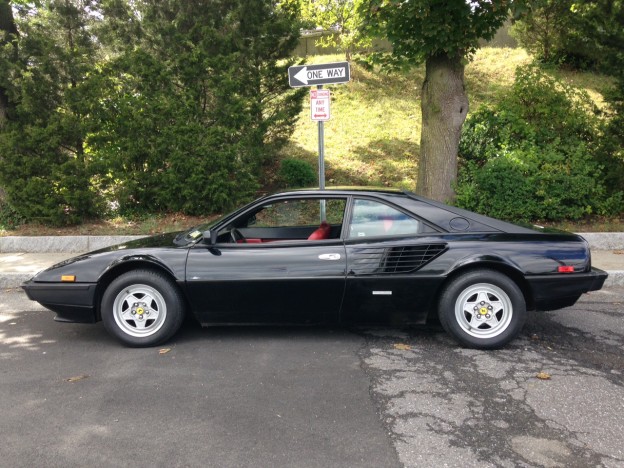
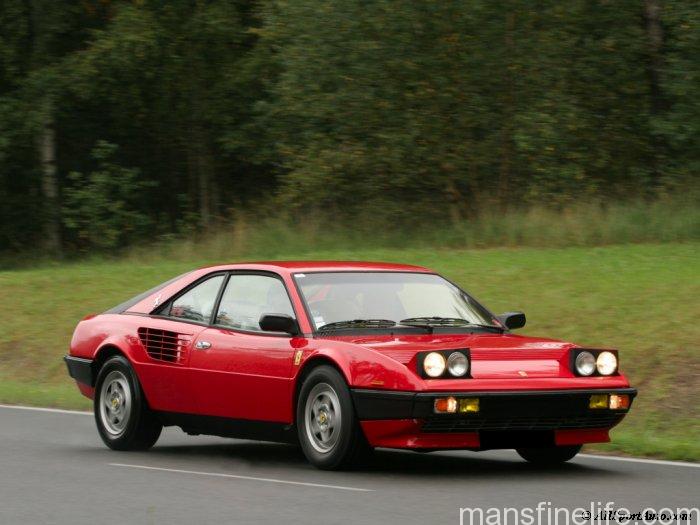
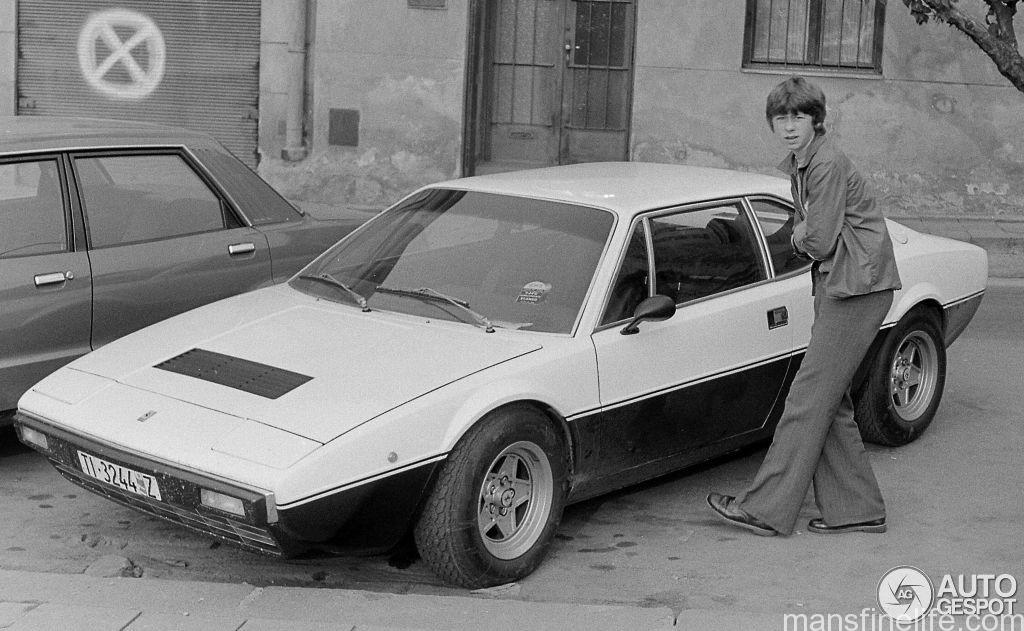

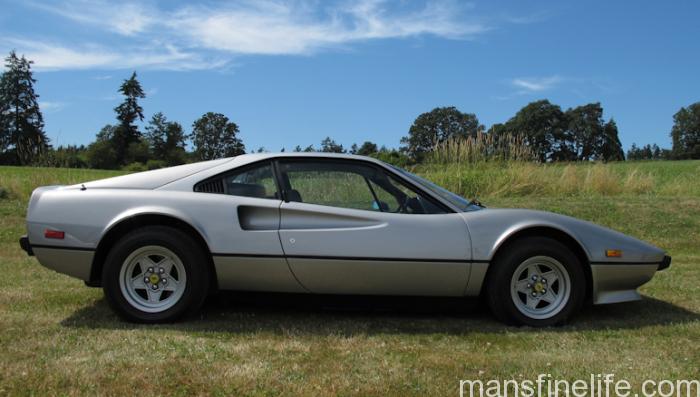
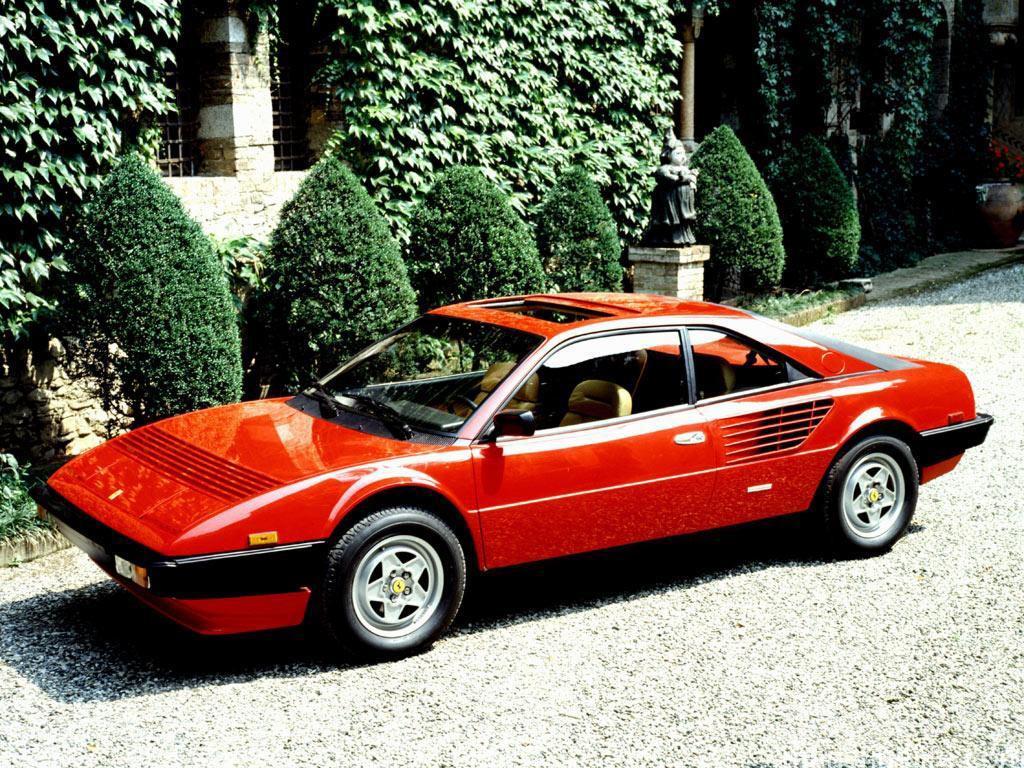


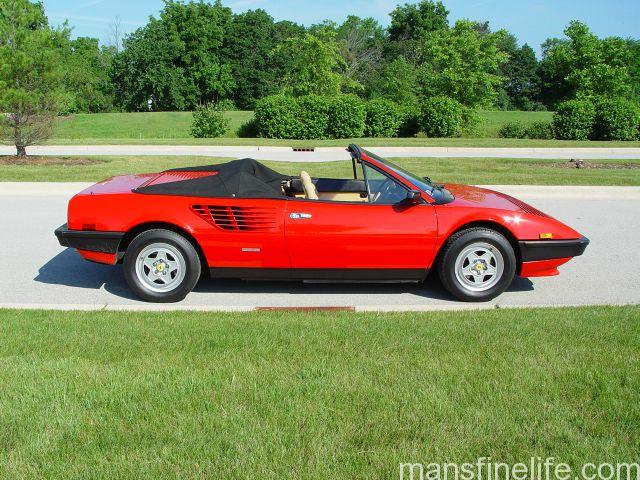

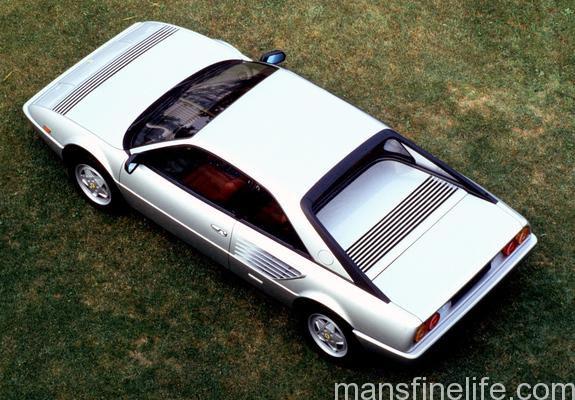
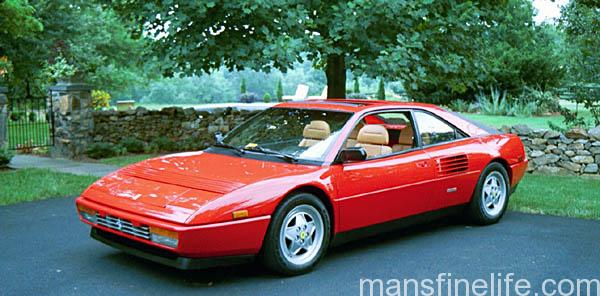
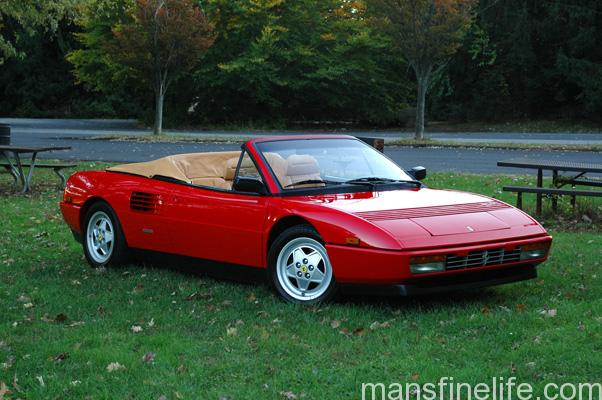

Pingback: My humble addition to the legacy of the Mondial... - FerrariChat.com
Brilliant article…excellent.
Great article. Knew Paul would be here haha. Have been looking for a well sorted “t” cabrio for months but hard to find especially A/C working car.